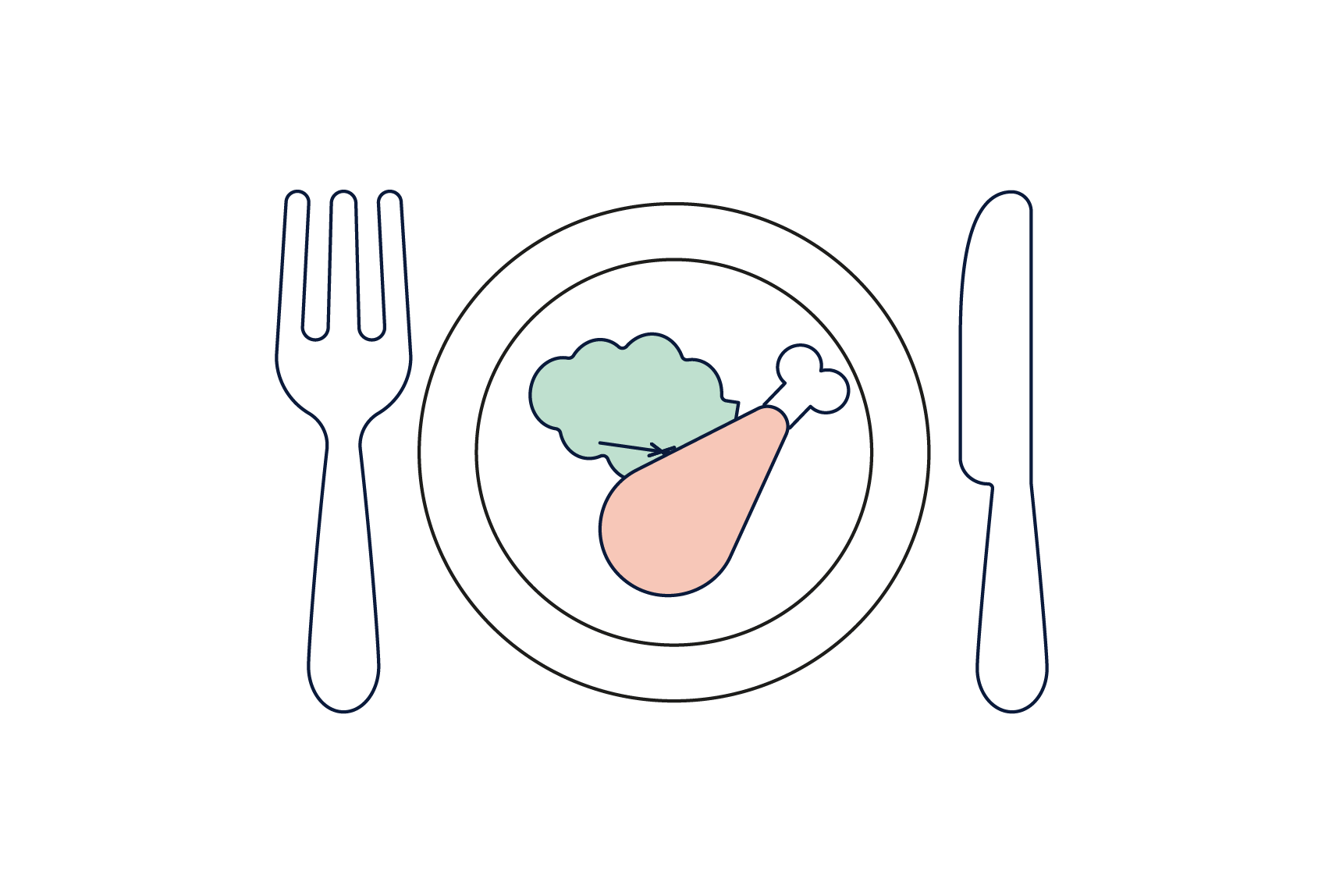Listening games: Everything you can do with them for learning
Many activities can help a child learn how to listen properly. But listening games can make learning a true adventure. Discover interactive activities that can capture young minds and foster skills necessary for language development and social engagement.
Read more
